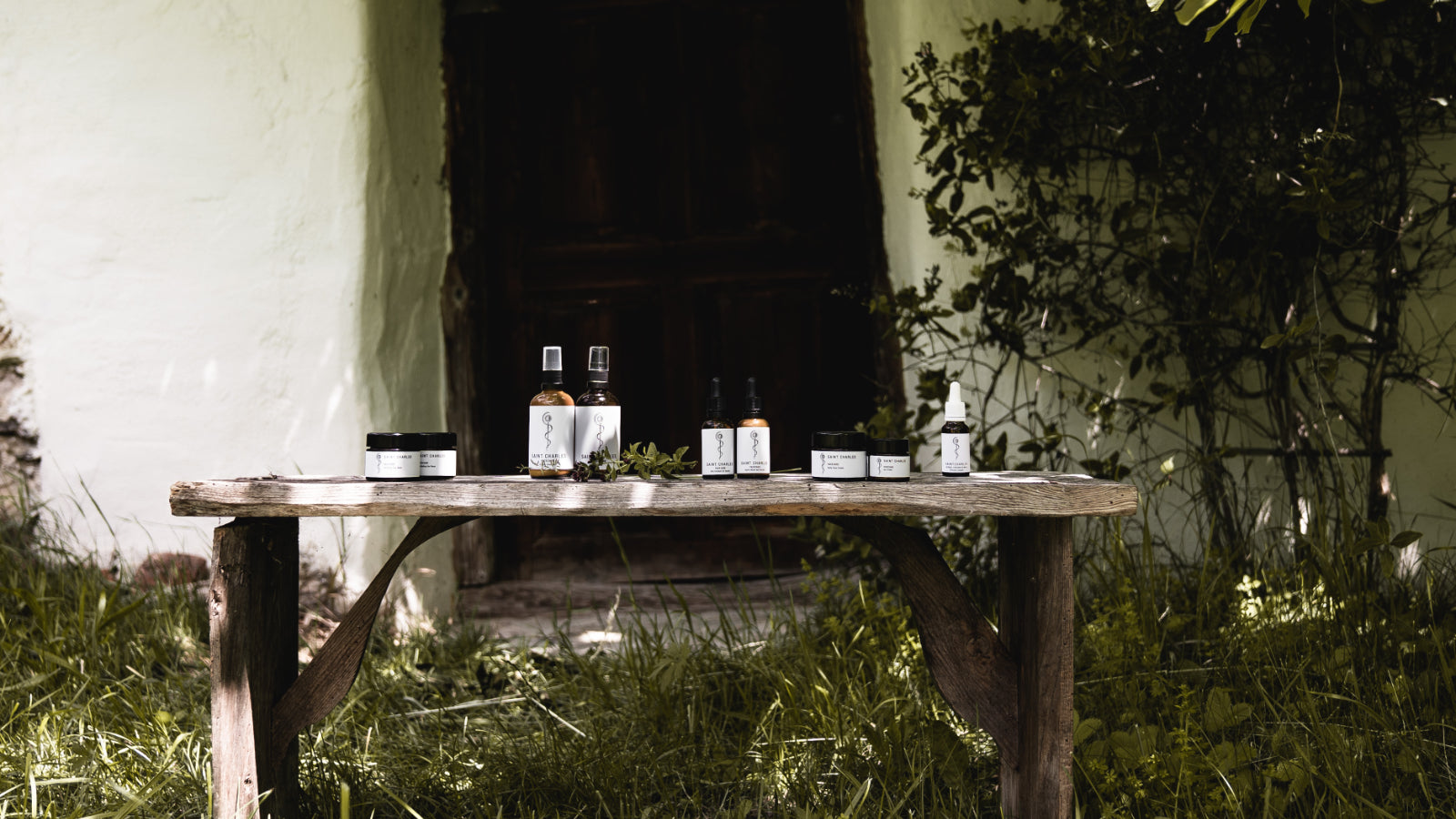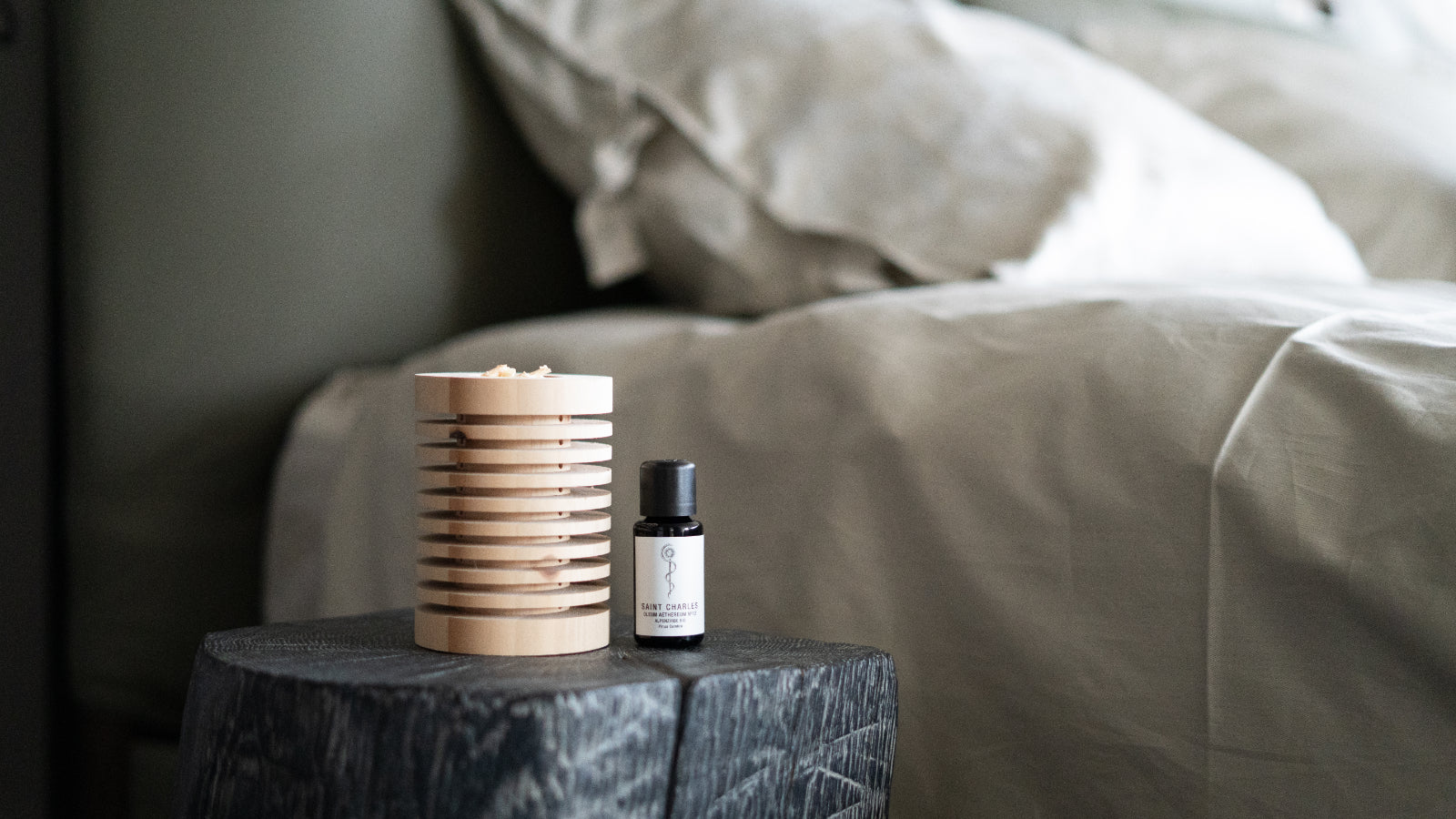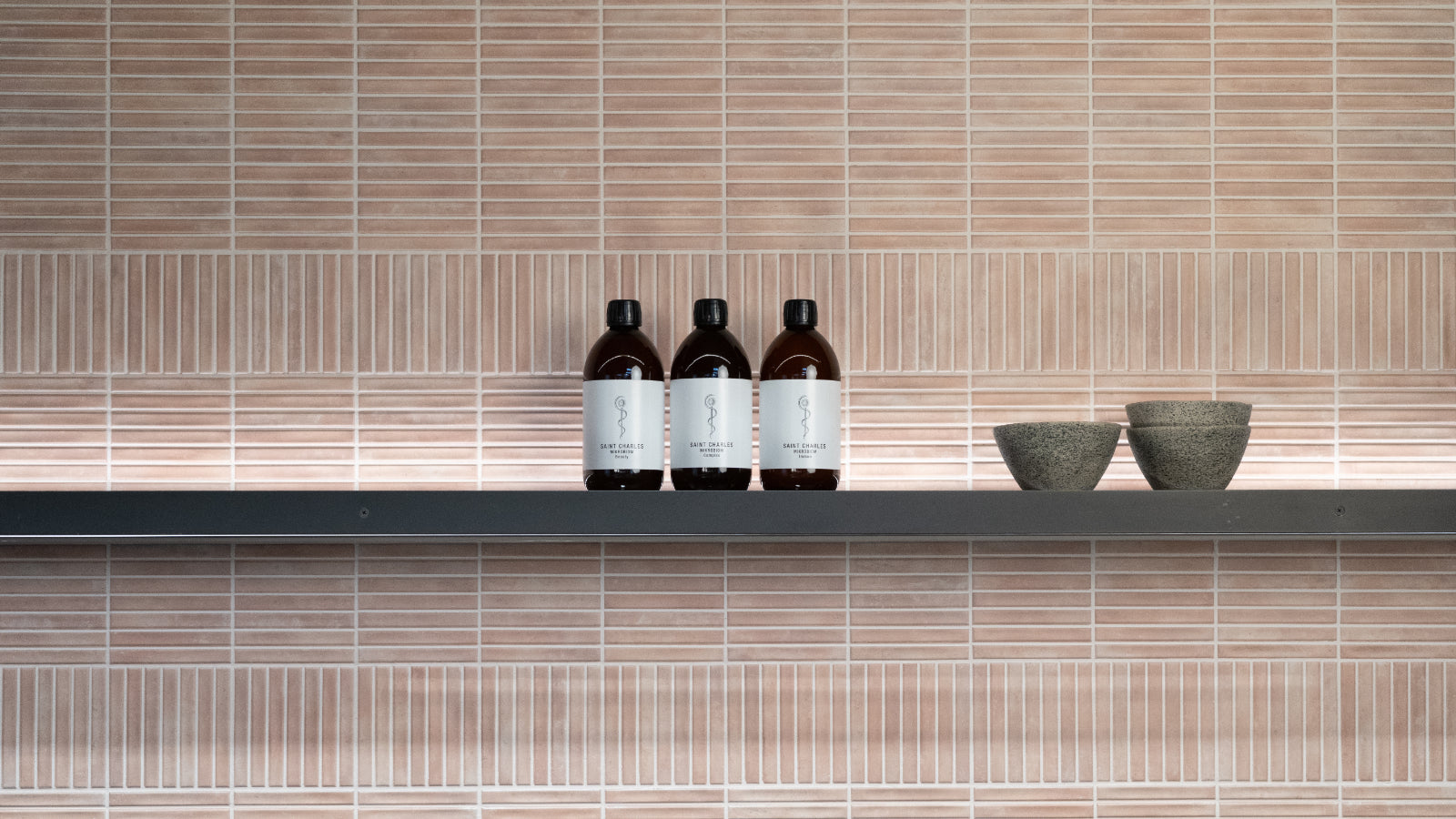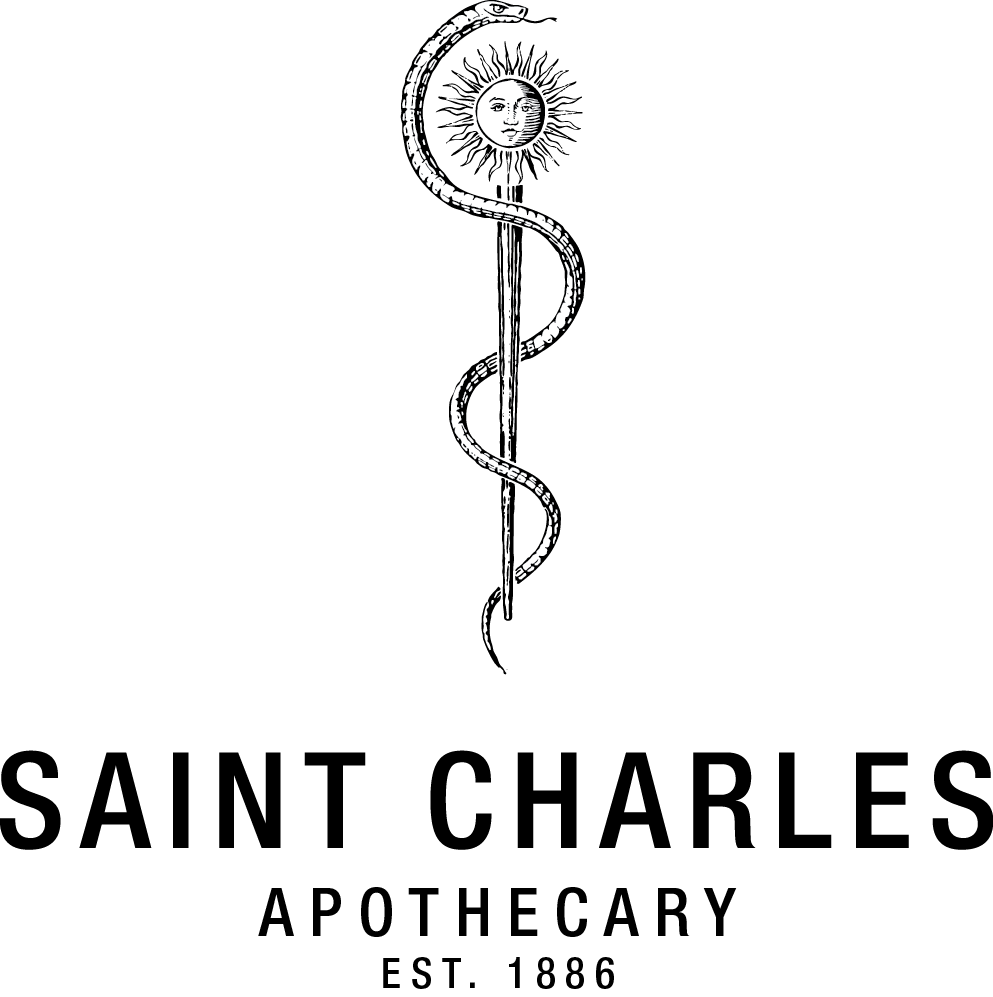Hydrolates are plant waters, flower waters or aromatic waters. Rose hydrolate is probably one of the best-known plant waters and very popular. The recognition of the therapeutic benefits of quality, pure hydrosols is a very recent trend, originating mainly in France and only slowly gaining ground.
- As a facial tonic (e.g. thyme hydrosol),
- Body spray,
- Deodorant spray,
- Hair care product (e.g. birch hydrolate),
- Aroma freshener and
- Perfume
The manufacture of pure plant waters is relatively laborious. Harvesting the herbs and plants (= these are called drug) and distilling them requires a certain amount of basic knowledge. Only then will making essential oil and hydrolate be a real pleasure. In the following we briefly explain the principle of steam distillation.
How steam distillation works:
Steam distillation for the production of essential oil and hydrolate is a great way to make good use of your own herbs and plant materials:
In the distillation kettle, which is filled with water, there is an aroma basket at the bottom containing the plant material from which a hydrolate is to be made. The water in the kettle is heated and begins to boil. The water vapour rising to the top penetrates the plant material as well as the fine crevices of blossoms, leaves and barks. In the process, it carries volatile substances upwards into the dome. At the top, the hot water vapour meets the inner, cooled metal surface (with water or ice) of the dome, condenses and runs down the side of the dome into a channel. This is how the hydrolate with essential oil components is produced. The distillation itself should be done quickly, the longer you expose the plants to heat, the more active ingredients are destroyed.
If you would like to make a similar condensation extract with simple means, you can also make a similar applicable product for your own use with a pot and lid yourself. It is important to note, however, that although homemade plant waters absorb many of the plants' important ingredients, hydrosols made from essential oils contain even more active ingredients and have a longer shelf life.
Making your own plant water - The condensation method:
You need:
- Parts of plants such as lavender, lime, chamomile, marigold, rose petals and other medicinal plants
- Water (at least 250 ml, depending on the size of the pot). Take high-quality, soft water or - even better - still spring water.
- 1 large saucepan with lid
- 1 cup or small bowl
- 1 colander that fits into the pot and has sufficient clearance from the bottom.
Procedure:
- Pour water into the pot and insert the strainer into the pot.
- Place the cup or bowl in the strainer. These should not overhang the rim of the pot.
- Place the plant parts in the colander around the small pot and make sure they do not come into contact with water.
- Place the lid upside down on the pot so that the handle is above the cup or bowl. It should close well.
- Heat the water over medium heat. It will now condense and drip down the slanted lid over the handle into the container provided.
- The finished hydrolate can now be filled iin screw jars or tightly sealable bottles, it will keep for a few weeks. Always store hydrolates in a cool (9-14 °C) and dark place. Avoid frequent opening. Mixed with alcohol (12-15 % alcohol content related) it will even last over a year.
Be sure to disinfect all vessels used before use to prevent germs in the hydrolate.







